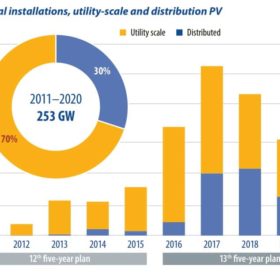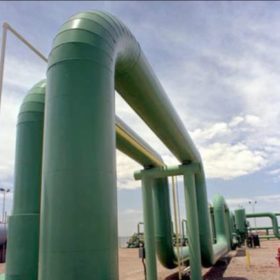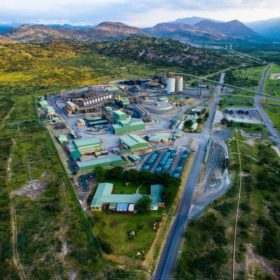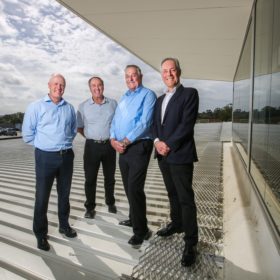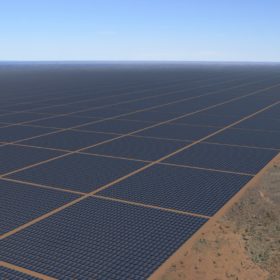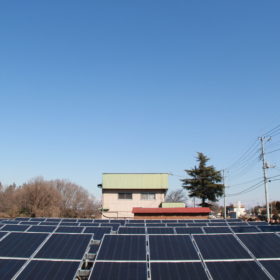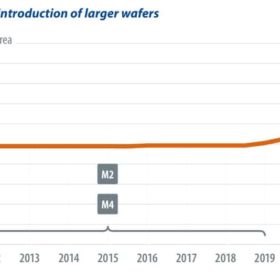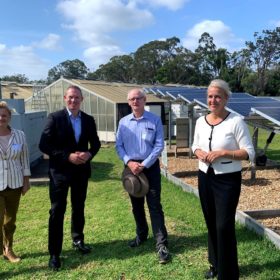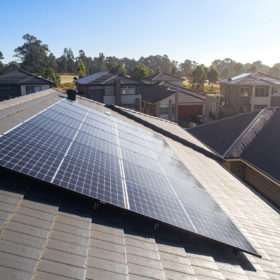Saturday read: China reaches a tipping point in 2021
This year will be a key period in the development of China’s solar PV market. It is the first year of the 14th five-year plan, the first calendar year after President Xi Jinping announced the 2030-60 carbon emissions commitment, and the first year for utility and commercial unsubsidised projects. IHS Markit expects the solar industry in China to reach another milestone with more than 60 GW of installations this year, advancing the ground for the energy transition and the displacement of traditional energy sources to fullfill the goal of a net carbon future over the next four decades to come.
‘Hydrogen as a universal climate solution might be a bit of false promise’
Hydrogen and hydrogen-based fuels will not be able to move forward fast enough to replace fossil fuels and tackle climate change, according to a German-Swiss research team that claims direct electrification alternatives are cheaper and easier to implement. The scientists cite too-high prices, short-term scarcity and long-term uncertainty, as the main reasons for their skepticism, which has caused a stir in academic circles.
Green hydrogen supply chain concerns
With South Africa holding 63,000 of the world’s estimated 69,000 metric tons of platinum reserves – according to the Statista.com website – and Russia and Zimbabwe a further 5,100 between them, the European Commission has cited the metal as an example of a potential supply chain bottleneck that could handicap its grand plans for renewables-powered hydrogen production.
Australia’s notoriously slow C&I segment gains momentum with shopping centre leadership
While suburban Australian rooftops have become coated in solar panels, the roofs of our commercial and industrial buildings have remained conspicuously bare. Our shopping centres, however, seem to be slowly be moving in the direction ordinary Australian’s have paved, with Australia’s largest privately-owned shopping centre yesterday announcing plans for a sizeable microgrid. Likewise, Vicinity, one of the country’s largest shopping centre managers, has managed to increase its sustainability rating largely through its extensive solar program.
New report forecasts Australia’s solar capacity to reach 80 GW by 2030
Market analysis firm GlobalData has released a new report in which it forecasts Australia’s solar capacity to increase by a factor of four, to over 80 GW, over the next decade. At the same time, the report predicts thermal power to lose its dominance in the energy mix, seeing its share cut by almost half.
Jolywood signs megadeal with Chinese utility to supply 7 GW of household solar
Based on current market prices, the five-year contract could be worth almost $4 billion to the $1 billion company, but the TOPCon manufacturer has not publicised the price at which it will supply and install modules for its state-owned sponsor.
Sunday read: Too big to handle
There has been a flurry of activity within the PV cell manufacturer landscape over the past 12 to 18 months, and it’s largely been in one direction: bigger. But as large-format modules arrive on the market, questions are being raised as to how long the trend can continue and when bigger becomes, quite simply, too big.
Saturday read: Age of green hydrogen causes co-location rethink
The regions where the desert meets the sea have long been thought the most desolate and unproductive areas of the world, fruitful solely for those clever cultures who call them home. However, in the 21st century, that fiscal notion is turning on its head, and turning as rapidly as a wind turbine in a tornado, making harsh regions like Western Australia a verified paradise.
“Queenslander!” – Sunshine State likely to oppose AEMC solar export charge
Queensland is likely to join Victoria in dissension on the Australian Energy Market Commission’s draft determination which is being called a tax on solar. The Queensland Energy Minister, Mick de Brenni, has criticised the plan. Could this be the domino which brings the other states and territories falling into place against a rule change?
Australian solar also rises, new AEC report shows Australians going big on PV
The Australian Energy Council’s quarterly Solar Report points to something getting bigger in the solar industry that isn’t just the larger format modules. What’s getting bigger is the average size of solar systems Australians are installing on their homes and small businesses.
